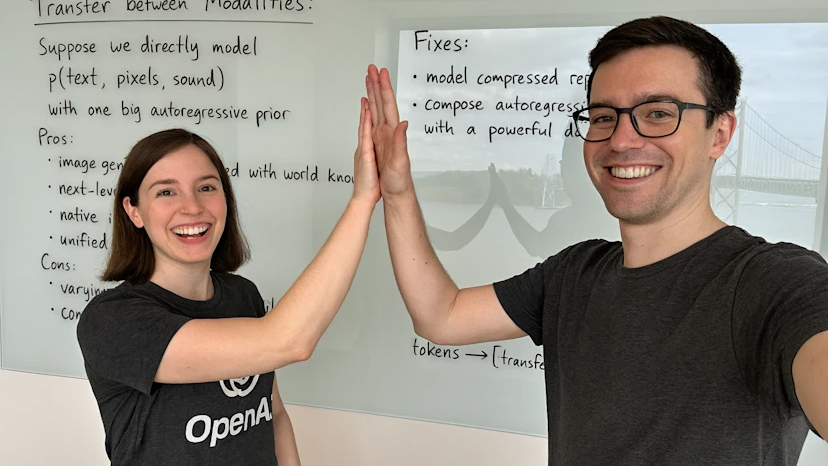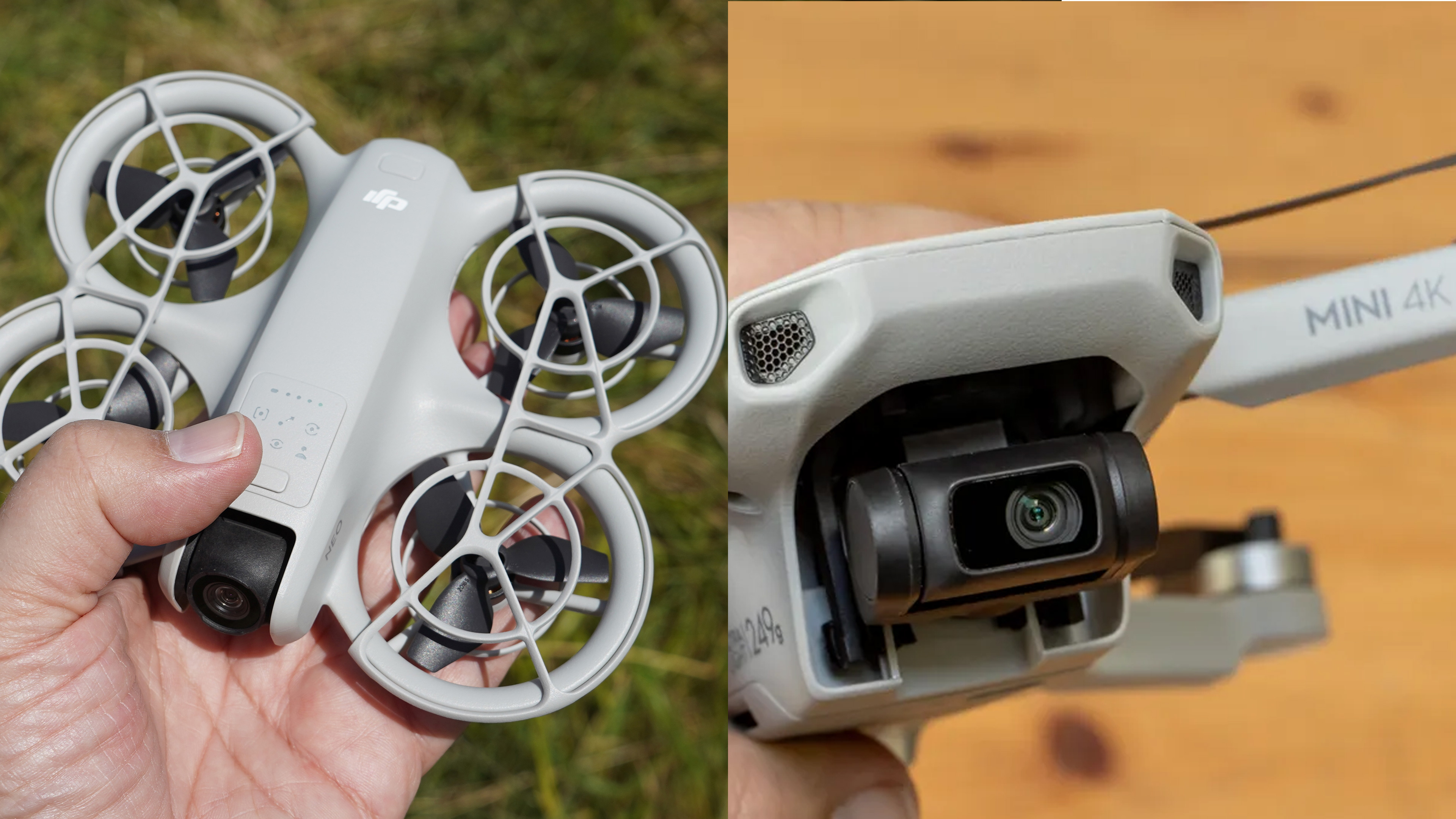ChatGPT’s newest image generation tool isn’t just raising ethical concerns – it's also melting OpenAI's GPUs
The new GPT-4o image generation will copy studio styles and real people, but the company is restricting generations

ChatGPT no longer needs the separate DALL-E to generate images – but the feature is proving so popular that the company has already had to increase limitations. In a post on X this week, OpenAI CEO Sam Altman wrote that the company was temporarily placing rate limits because “our GPUs are melting.”
Earlier this week, ChatGPT began rolling out GPT-4o image generation, available inside ChatGPT rather than using OpenAI’s DALL-E. The latest update to the image generator makes steps forward in some of the key issues with using generative AI for images, including creating more realistic photos, better text rendering, and keeping subsequent generations consistent when creating a series.
it's super fun seeing people love images in chatgpt.but our GPUs are melting.we are going to temporarily introduce some rate limits while we work on making it more efficient. hopefully won't be long!chatgpt free tier will get 3 generations per day soon.March 27, 2025
But GPT-4o is also drawing criticism for lowered guardrails over image generation, including fewer restrictions on copying specific styles and the ability to generate images that resemble real people. Head of Product and Model Behavior Joanne Jang wrote that ChatGPT is “shifting away from blanket refusals in sensitive areas to a more precise approach focused on preventing real-world harm.”
The ability to copy the style of Studio Ghibli has gone viral for its ability to turn images into the animated style, but critics are questioning the ramifications of copying a specific studio’s style. The company wrote that the AI will refuse to copy the style of a living artist but “permits broader studio styles.”
// i lead model behavior at openai, and wanted to share some thoughts & nuance that went into setting policy for 4o image generation.features capital letters (!) bc i published it as a blog post:--This week, we launched native image generation in ChatGPT through 4o.It was…March 27, 2025
The newest version of the image generator can also generate images that look like real people, with ChatGPT itself sharing a generated image of Karl Marx. Users have found the AI can turn images of real people into Muppets and LEGO minfigures. ChatGPT notes that public figures can choose to opt out, which will prevent the AI from making images in their likeness.
Generating images of public figures is supposed to be limited to non-realistic images, but some have found ways around that, like this image of President Trump and Altman hugging that PC Mag was able to generate.
The generative AI still has several guardrails in place; ChatGPT says, for example, that the bot will refuse to generate sexual or violent images. In a post on X, Altman did note that the AI was ocassionally refusing to generate images that it shouldn’t, adding that the company was working on a solution.
The best camera deals, reviews, product advice, and unmissable photography news, direct to your inbox!
The launch appears to have been so popular that ChatGPT is now temporarily adding rate limits while the company works to make the system more efficient. Altman noted that the free tier will be limited to three image generations per day, although the company noted earlier this week that rollout to free users is delayed due to demand as well.
“AI lab employees should not be the arbiters of what people should and shouldn’t be allowed to create,” Jang wrote. “We’re always humbled after launch, discovering use cases we never imagined — or even ones that seem so obvious in hindsight but didn’t occur to us from our limited perspectives.”
You may also like
Learn how to spot an AI generated image or browse the best photo editing software.

With more than a decade of experience writing about cameras and technology, Hillary K. Grigonis leads the US coverage for Digital Camera World. Her work has appeared in Business Insider, Digital Trends, Pocket-lint, Rangefinder, The Phoblographer, and more. Her wedding and portrait photography favors a journalistic style. She’s a former Nikon shooter and a current Fujifilm user, but has tested a wide range of cameras and lenses across multiple brands. Hillary is also a licensed drone pilot.
You must confirm your public display name before commenting
Please logout and then login again, you will then be prompted to enter your display name.
